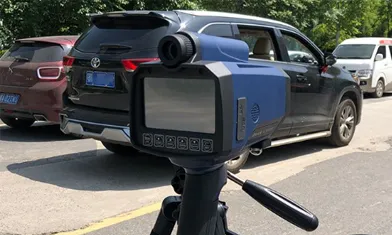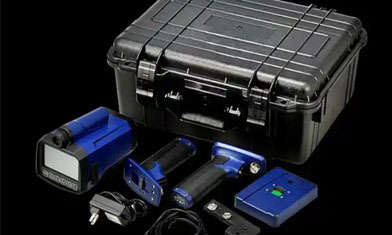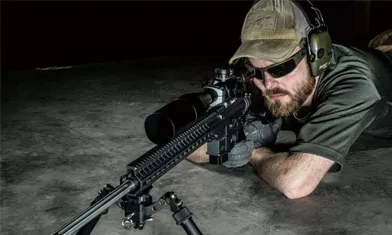How Precise And Accurate Are Handheld Speed Guns And Handheld Speed Cameras?
Handheld speedometers and handheld speed guns offer comparable accuracy and precision, but there are still some differences between the two due to various factors.
Analysis of Handheld Speedometer Precision and Accuracy
Accuracy Level: Handheld speedometers generally have high accuracy, with slight variations depending on the principle used. Handheld speedometers using radar can achieve an accuracy of ±1-2 km/h under ideal conditions. Some radar speedometers, used for specialized industrial inspections where speed accuracy is extremely critical, can achieve accuracy within ±1 km/h after careful calibration and optimization. Laser-based handheld speedometers theoretically offer even higher accuracy, achieving ±0.1-0.5 km/h under ideal conditions, such as in a laboratory environment. For example, in sporting events, when measuring the speed of high-speed objects like javelin throwers and archery, laser handheld speedometers can provide highly accurate data, helping athletes and coaches analyze their techniques and adjust their training. Factors Affecting Accuracy:
Environmental Factors: In high-temperature environments, the propagation medium for radar and laser waves changes, potentially causing signal refraction and scattering, affecting measurement accuracy. For example, in desert areas, high temperatures create uneven air density, and when measuring vehicle speed, the error with a handheld radar speedometer can increase to ±3-5 km/h. In foggy, rainy, or snowy weather, laser light propagation is hindered, reducing accuracy. For example, in foggy conditions, the accuracy of a handheld laser speedometer can drop to ±1-3 km/h. Furthermore, in environments with strong electromagnetic interference, such as near power substations, radar waves from a radar speedometer are susceptible to interference, resulting in significant deviations in measurement results.
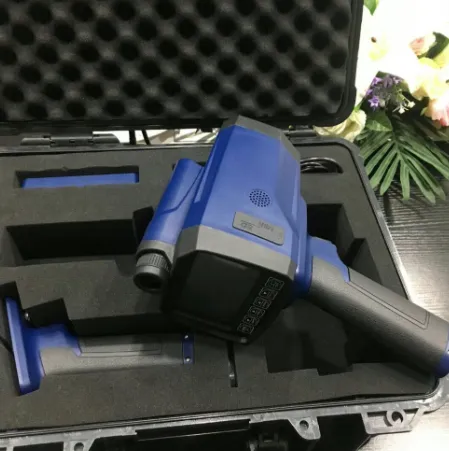
Target Characteristics: When measuring small objects, such as model airplanes or small remote-controlled racing cars, the reflected radar or laser signals are weak, making it more difficult for the speedometer to capture the signal. This can lead to reduced accuracy, with errors of up to ±2-4 km/h. Special surface materials that absorb or scatter radar or laser waves, such as models made of special invisible materials, can also affect measurement accuracy. Furthermore, unstable target trajectory, such as a zigzagging vehicle, can make it difficult for the speedometer to maintain stable tracking, resulting in fluctuating measurement results and reduced accuracy.
Analysis of Handheld Speed Gun Accuracy and Precision
Accuracy Level: Handheld speed guns are commonly based on radar technology, and their accuracy generally meets routine requirements for traffic enforcement and sporting events, with an accuracy of approximately ±1-2 km/h. For example, speed guns used by traffic police in routine traffic enforcement, according to relevant standards and specifications, keep vehicle speed measurement errors within this range under normal use, effectively determining whether a vehicle is speeding. In some sports training scenarios, such as baseball and tennis coaches using speed guns to measure an athlete's serve speed, this accuracy is sufficient to help coaches assess their skill level.
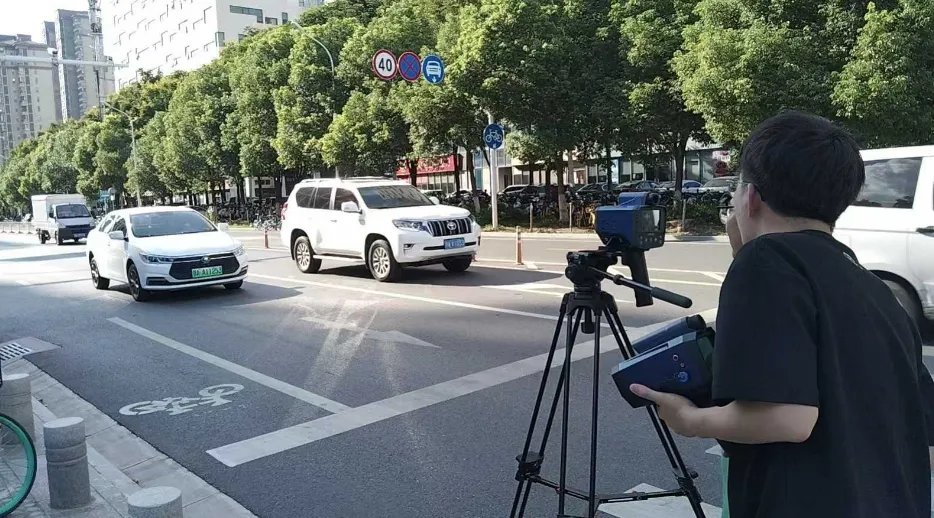
Factors Affecting Accuracy:
Aiming and Operation: The speed gun must be accurately aimed at the target object. If the aiming is off, such as on a multi-lane road, if the target vehicle is not precisely aligned and is interfered with by adjacent vehicles, the speed of the incorrect target may be measured, resulting in inaccurate results. Furthermore, if the operator's grip on the speed gun is unstable, causing the gun to shake, the direction of the transmitted and received radar waves will be unstable, affecting measurement accuracy and potentially causing errors of ±2-3 km/h.
Distance and Angle: As the measurement distance increases, the radar signal gradually weakens, the signal-to-noise ratio decreases, and measurement accuracy decreases. Generally, the effective speed measurement range of a speed gun is within a few hundred meters. Beyond longer distances, such as measuring the speed of a vehicle 800 meters away, the error can increase to ±3-5 km/h. The angle between the speed gun and the target object is also critical. When the angle between the two is too large, according to trigonometric principles, the measured speed is not the actual speed of the target, but rather its velocity component, resulting in an underestimation. For example, at an angle of 45°, the measured speed may be 10%-20% lower than the actual speed.
Onick LSP320 Handheld Laser Speedometer
Onick Outdoor Optics integrates advanced laser speed measurement technology and video imaging technology to launch an ultra-portable laser speed measurement and recording system - Onick LSP320 Handheld Laser Speedometer. It is also an integrated handheld laser speed measurement evidence instrument that can accurately measure the real-time speed of the car and the corresponding distance at the same time. It can capture static images of speeding vehicles and record videos. It can fully record the dynamic images of speeding vehicles and is light and easy to carry.
Product features:
4.3-inch color touch screen display, clear and convenient reading
Class 1 eye-safe laser
Speed measurement range 320km/h, speed measurement accuracy 1km/h, distance measurement accuracy 0.15m
With GPS function, voice prompts, humanized design
Support 64GB SD card, record dynamic images for law enforcement and evidence collection
RS232 serial communication port; USB2.0 image data transmission; WIFI: 2.4G&5G
Novel design, compact style, light to use, high sensitivity, long-term working
Application areas:
Traffic speed measurement, road factory area, highway, field training, sports competition, military and police technology, etc.
